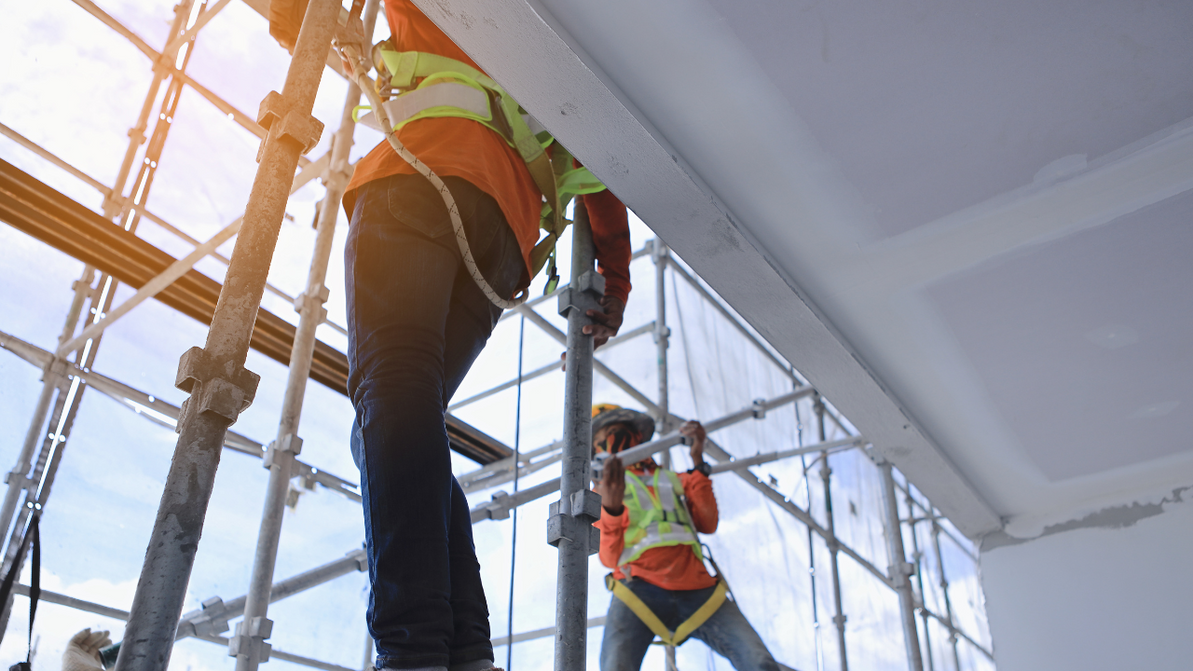Scaffold Regulations and Compliance
Scaffolding is an indispensable component of construction projects, providing a stable and safe working platform for workers at various heights. However, due to the inherent risks involved, it is crucial to adhere to strict regulations and requirements to ensure the safety of workers and the public. In this blog post, we will discuss the importance of scaffolding regulations, the key requirements, and how adherence to these measures can significantly enhance safety in construction sites.
1. Regulatory bodies overseeing scaffolding regulations:
Scaffolding regulations are implemented and enforced by various regulatory bodies, including national, regional, and local authorities. These agencies play a vital role in setting standards, conducting inspections, and enforcing compliance with the necessary safety measures. Some examples of prominent regulatory bodies include OSHA (Occupational Safety and Health Administration) in the United States, HSE (Health and Safety Executive) in the United Kingdom, and WorkSafe in Australia.
2. The significance of scaffolding regulations:
Scaffolding regulations are designed to ensure the safety and well-being of workers, prevent accidents, and reduce the potential for fatalities. By establishing standards for scaffold design, construction, and maintenance, these regulations contribute to the overall risk management framework. They also foster employer accountability, encouraging meticulous planning, supervision, and compliance with safety guidelines.
3. Key requirements for scaffolding safety:
a. Scaffold design and erection: Scaffolding must be designed by competent professionals and erected by trained individuals using appropriate materials and methods. The design should consider site-specific conditions, such as weight requirements, weather, and load capacities. Additionally, secure anchoring and bracing are essential to maintain stability and prevent collapses.
b. Inspection and maintenance: Regular inspections of scaffolding structures are crucial to identify any defects or damage that could compromise safety. Inspections should be conducted by competent personnel before initial use, periodically during prolonged use, and after any significant alterations. Additionally, all scaffolding elements should be well-maintained, repaired promptly if damaged, and replaced if deemed unsafe.
c. Fall protection measures: Fall protection is a paramount concern in scaffolding safety. Employers must ensure the provision of guardrails, toe boards, and personal protective equipment (PPE) like safety harnesses, helmets, and non-slip footwear. Regular training on the proper use of fall protection measures is essential to reduce the risk of accidents.
d. Training and supervision: Adequate training and supervision of workers involved in scaffold assembly, disassembly, and use are crucial. Competent individuals should oversee operations, ensuring adherence to safety procedures and facilitating prompt response to emergencies. Workers should receive comprehensive training on scaffold use, recognizing hazards, and proper safety practices.
4. Consequences of non-compliance:
Non-compliance with scaffolding regulations can have severe repercussions. Accidents and injuries resulting from inadequate safety measures can lead to legal liabilities, costly litigations, and damage to a company's reputation. Additionally, substantial fines and penalties may be imposed on non-compliant entities. More importantly, the lives and well-being of workers are put at risk when scaffolding regulations are disregarded.
Scaffolding regulations and requirements are vital in ensuring the safety and well-being of construction workers at heights. By adhering to these measures, construction companies not only mitigate risks but also promote a culture of safety and responsibility. Compliance with scaffolding regulations helps create a secure working environment, safeguarding lives and preventing accidents. It is, therefore, crucial for employers, workers, and regulatory bodies to work in harmony to uphold these regulations and maintain the highest level of safety standards in the construction industry.
Recent Posts
-
Construction Job Titles That Might Mean Something Different on the Jobsite
Because sometimes “Super” means the guy with the keys. In the world of construction job …Aug 11th 2025 -
Worksite Hacks You’ll Wish You Knew Sooner
Little tricks that make a big difference on the job. Every tradesperson has that moment when they s …Aug 11th 2025 -
Top 5 Mistakes New Hires Make—and How to Train Them Better
The Training Gap Hurts the Whole Crew Bringing new hands onto the job should increase productivity& …Jul 31st 2025




